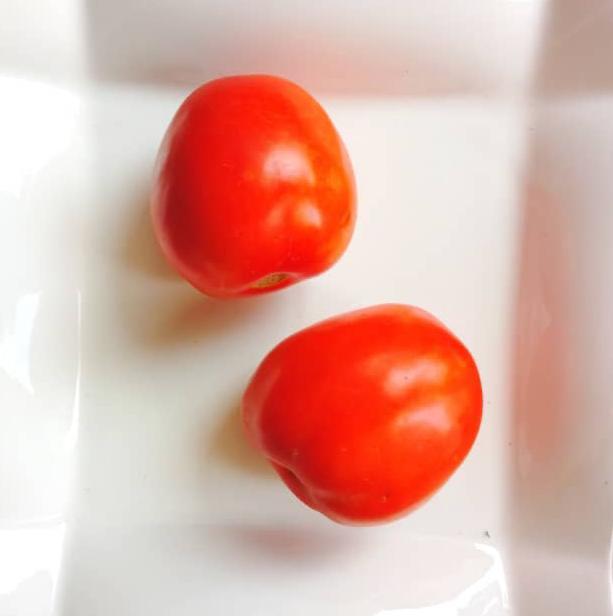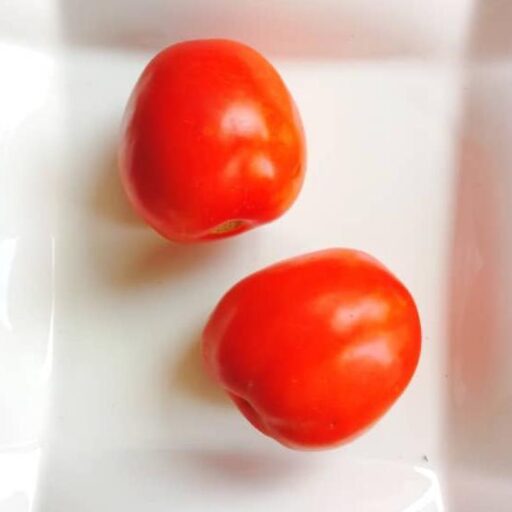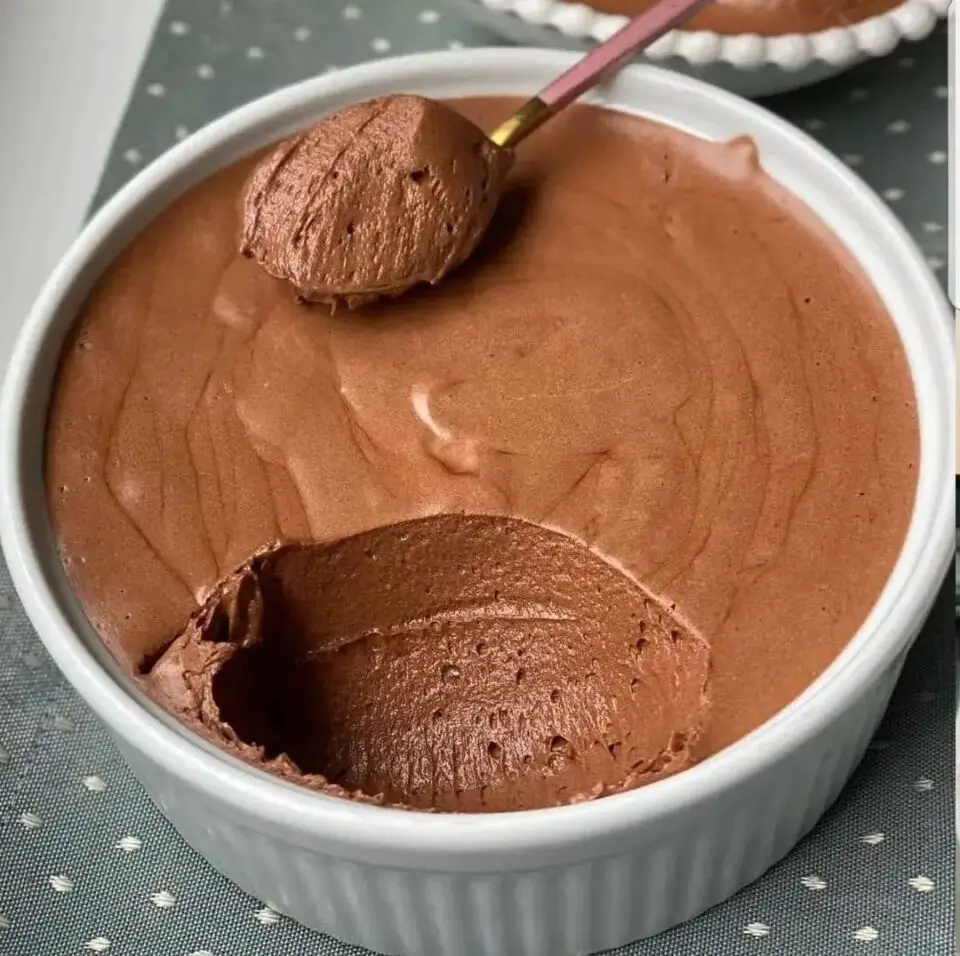A chocolate mousse that is not frothy and does not even hold after icing? No, it is not good at all! I know how tricky this dessert is to make even though it seems easy. You will be told that chocolate mousse is chocolate, whipped eggs, sugar and other mixtures, put in a glass and iced. Yes, that is what it is, but there are little tips to make this dessert a success like a pastry chef. For the record, chocolate mousse was invented in the 18th century in the 1755s by a Swiss chef. It is a cold, gourmet dessert that delights children and adults alike. In this article, I will show you how to make a frothy, melting and creamy chocolate mousse.
INGREDIENTS
- 140 g dark chocolate
- 20 g milk chocolate
- 30 g of brown sugar
- 30 g of milk
- 50 g of thick cream
- 4 eggs
Total time
Preparation: 15 min Rest: 2h Cooking:-
PREPARATION
1
Melt the chocolates in a bowl in a bain-marie;
2
Bring the milk and cream to a boil: pour into a saucepan and bring to the boil and leave to cool to room temperature;
3
Then make the emulsion of the melted chocolate and the cream, pour the milk into the chocolate little by little and stir vigorously with a Maryse or a spatula until everything is completely incorporated. You should have something melting, soft and smooth;
4
Then separate the egg yolks from the whites in a bowl (preferably fresh eggs that are less than 10 days old), add the brown sugar to the whites, then beat until stiff with an electric mixer. Beat the mixture at medium speed for 1 to 2 minutes before increasing the speed to completely beat until stiff; ⇒ It is extremely important to add the sugar before and not after to allow the mousse to have small bubbles, this will allow you to have lots of bubbles in the chocolate mousse;
5
Then pour the egg whites into the chocolate mixture in three stages, mixing gently until you obtain a homogeneous texture. This step is very important because the mixture must not contain any lumps. The little tip is therefore to spread the egg whites into the salad bowl before starting to mix;
6
It's time to put the mousse in small pots or verrines! But first, for a better result, your containers should be placed in the fridge beforehand, they must be very cold. This will allow the mousse to have even more bubbles. Carefully pour the preparation into the pots (you can use a piping bag) and cover with plastic wrap then place in the fridge for at least 2 hours. You can of course make your mousse the day before and let it cool in the fridge overnight; ⇒ It is important to note that chocolate mousse is a very delicate dessert, and it is important to store it properly before serving. It is recommended to store it in the fridge, in an airtight container. This will prevent it from drying out or losing its light and airy texture. It is also important to take it out of the fridge a few minutes before serving, so that it reaches the recommended serving temperature of 6 to 8 degrees Celsius. By following these steps, you will be able to serve a perfect chocolate mousse. Thus, your guests will surely appreciate it and they will enjoy it.
7
Decorate as you wish, for example sprinkle with cocoa powder and/or icing sugar, grated chocolate and whatever you like and enjoy immediately. Enjoy!
Note:
You can also make your chocolate mousse with white chocolate but be careful it may be too sweet with brown sugar in addition. The little trick is to beat the egg whites with the sugar as planned but add a few drops of lemon juice or vinegar at the end. This will reduce the sweet flavor compared to the amount of sugar. That said, you will have a quantity of sugar but much less sweet flavor to taste. It should also be noted that if when you take it out of the refrigerator, your mousse is still liquid, it is probably because the egg whites were not beaten well. Respect this step and let your whites be very firm. You can use pasteurized eggs to make chocolate mousse. Pasteurization kills potentially dangerous bacteria in eggs. Indeed, it will be a safer choice for recipes that require raw or undercooked eggs. However, it is important to note that pasteurization can slightly alter the texture and taste of the eggs.


